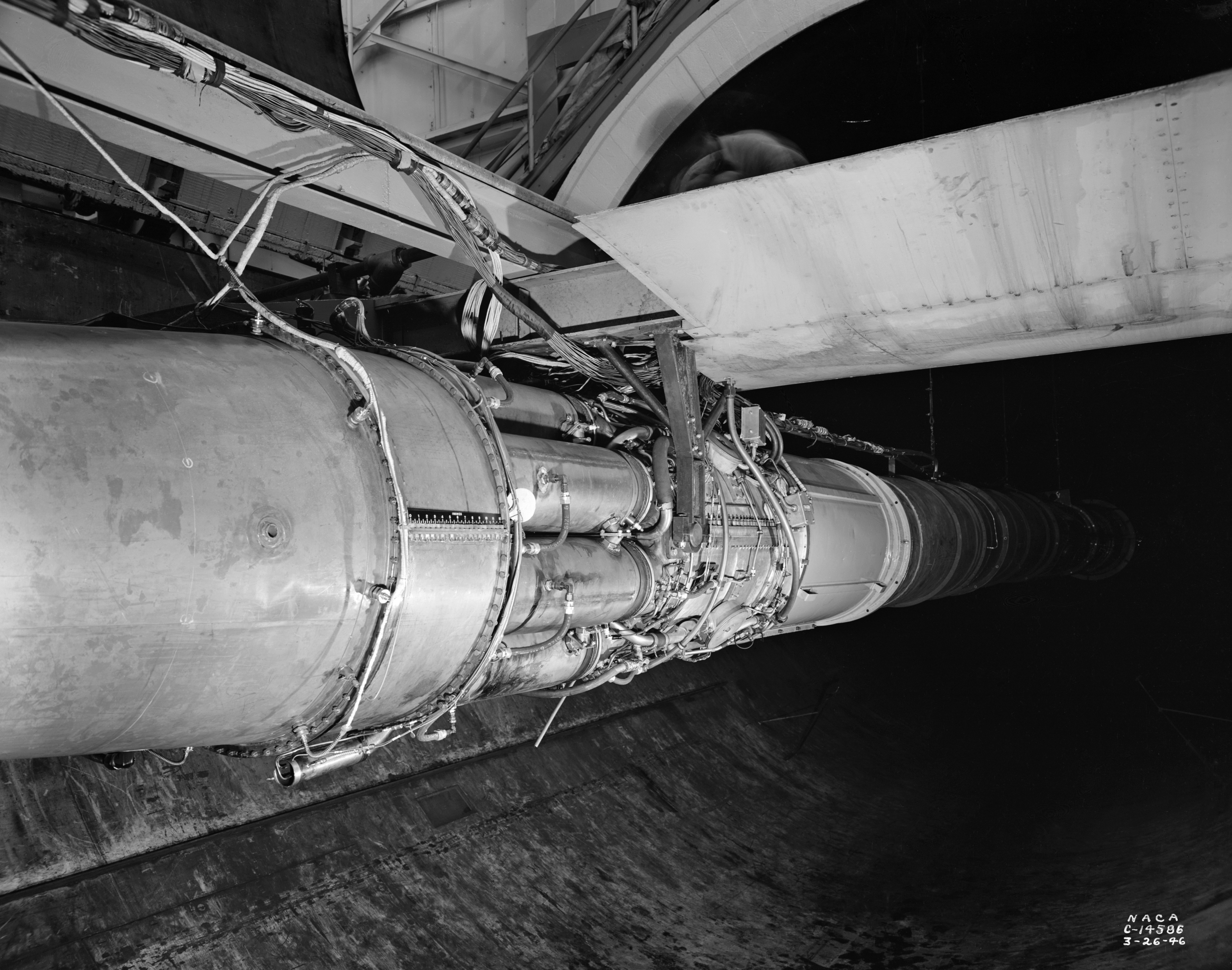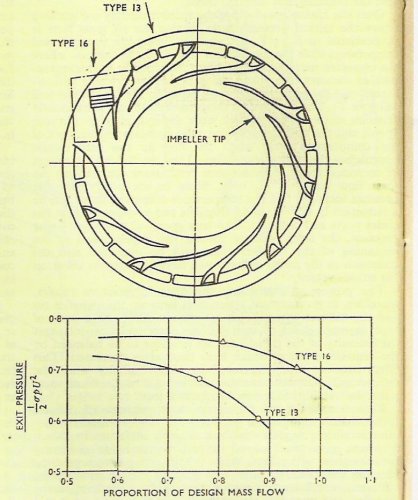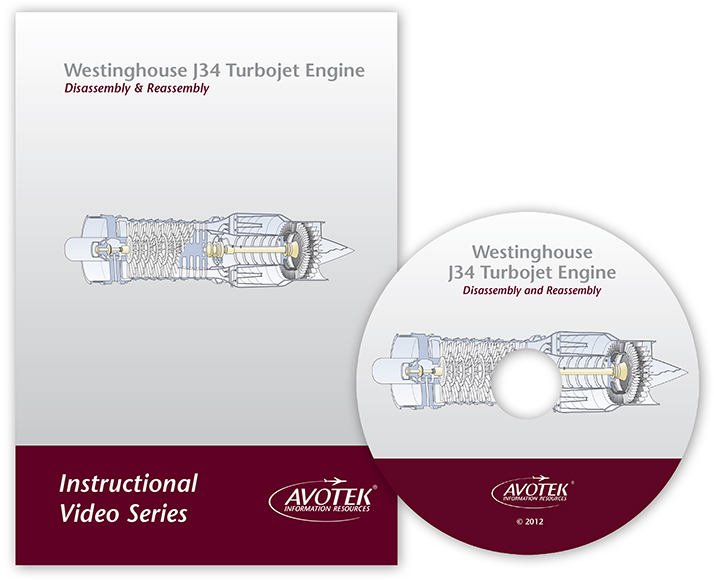

For a lot of the world's airlines, buying the A300 simply wasn't on their radar screen. But a big part of the problem was the Airbus was an upstart facing the powerful sales machines of Boeing, McDonnell Douglas, and Lockheed. Part of the problem was the recession in the wake of the 1973 Yom Kippur War and the Arab oil embargo on the West.

The joke at the factory at Toulouse was "Don't miss the last train out of town to Germany" in reference to the large number of German workers present. Between the end of 1975 and May of 1977, Airbus failed to get even a single order for the A300. The first several years of Airbus' existence after the first flight of the A300 were miserable ones as orders slowly trickled in while the McDonnell Douglas DC-10 and the Lockheed L-1011 Tristar were racking up order after order from the world's airlines.

At the time one had not yet flown and Lockheed did much early work using the second XP-80 prototype to test various afterburner designs. But quite presciently, Johnson realized that any engine would require an afterburner to achieve the desired performance levels. Kelly Johnson, head of the Lockheed "Skunk Works" that had successfully (and quickly) built the XP-80 prototype, decided that the design would be refined further and use two Westinghouse J34 engines. An alternate proposal with the General Electric J35 was offered, but it failed to offer any advance over the North American F-86 Sabre then in development. Though what at the L-1000 engine offered was a quantum leap over existing engine designs, the Army disqualified Lockheed's early submission.

One of the stipulations of the Army RfP that was issued to the American aircraft industry was the use of off-the-shelf engine designs and despite this requirement, Lockheed submitted a design based loosely on the P-80 (later redesignated F-80) Shooting Star using their own advanced L-1000 axial flow turbojet which at the time only existed on paper. In mid-1945 Lockheed responded to an Army request for proposals for an advanced jet fighter design.


 0 kommentar(er)
0 kommentar(er)
